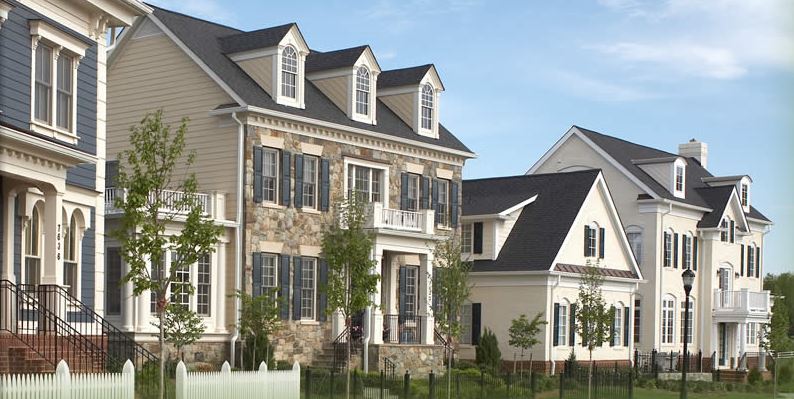The Great Recession of 2007 to 2009 created a great shift in housing demand and future development trends. With growing consumer preferences for proximity to amenities, and a multifamily sector offering promising new development opportunities, mixed-use development has become a driver in reshaping many urban and suburban neighborhoods. From infill projects to greenfield sites, mixed use has been transforming communities across the country.
Generational Differences
The Urban Land Institute’s 2013 Community, Housing and Transportation survey revealed changing generational preferences for what people want from where they live. Generation Y, representing people ages 18 to 35, has a marked preference for compact, mixed-use communities with reliable, convenient access to transit. Those in this demographic group want to be able to walk as much as they can. This large and growing population segment generally prefers the urban lifestyle in multifamily units, and 50 percent of them are renters.
Generation X, which represents those ages 35 to 47, is now busy rearing families, is more affluent and primarily owns single-family residences. They do not typically look for mixed-use communities or for general access to transit. Homeownership and income levels are high in this group, with a general preference for suburban living and continuing to live in single-family homes.
Baby boomers, now between 48 and 66 years old, are the largest group yet to approach retirement, and show a wider variety of preferences. However, many would like smaller homes with shorter commutes and proximity to open spaces, amenities, and some transit.

Photo Courtesy of Maple Lawn
Have it Both Ways
Across the board, Americans value space between themselves and their neighbors, but they also increasingly value proximity to employment, facilities, and destinations. Two-thirds of buyers still say they prefer the close-in and outlying suburbs, which offer space, but are consequently further from facilities and destinations. This trend offers opportunities for builders to get creative and offer new forms of suburban mixed-use.
There is a misconception that mixed-use is synonymous with multifamily. As young couples move further out to the suburbs to start families, they want more space but don’t want to leave behind the urban amenities they have become accustomed to. This is a classic case of wanting to have your cake and eat it too; and the market is responding. There are single family, mixed-use neighborhoods popping up across the country that incorporate Traditional Neighborhood Design (TND), including a town center with small-scale retail, pools, parks, farmers markets, etc.
A final key point is that 78 percent of Americans think that the neighborhood is more important than the size of the house. Therefore, it is important to consider placemaking – giving a neighborhood a distinct identity that includes both public and private spaces – to allow for both the privacy and the community that Americans seek. Both of the following communities exemplify these trends.

Photo Courtesy of Maple Lawn
Maple Lawn
Maple Lawn is a hybrid TND, mixed-use community in Howard County, Maryland. Its developer formed integral partnerships with other builders who shared a similar vision for the land and took advantage of the existing surrounding infrastructure and the growth potential to move the project forward. The different builders acquired lots in a checkerboard fashion, rather than in large pods, giving the community an organic feel that is often lost in new development. The homes have minimal yards, but there is plenty of public open space, which is often preferred by working families who want a low-maintenance property.
One of the greatest criticisms of the single family, mixed-use concept is that it is difficult for commercial— especially retail—to succeed. This is due to higher building costs and reduced accessibility by automobile, scarcer parking, and smaller building footprints, all of which limit big box retailers. Despite these potential challenges, the commercial component of Maple Lawn—which includes a grocery store, coffee shop, pub, upscale restaurants, salons, and office space—has been a success. Through the recession the project maintained construction at nearly the levels envisioned. And as the industry comes out of the recession, the community is nearly sold out.

Photo Courtesy of Maple Lawn
These types of developments are the result of conflicting desires for small town character in close proximity to major employment centers and an abundance of amenities. They are desirable to local governments because they generally have a positive fiscal impact on municipal budgets and raise property values for nearby residents. All of these characteristics combined with exceptional architectural quality and community design make these projects some of the most desirable communities to live, work, and play.
Still, these projects are often difficult to finance in the current economic environment. Municipalities can encourage these types of development by shortening the approval process, increasing available infrastructure financing tools, and creating more flexible zoning codes. Ultimately, the most resilient and sustainable communities will offer a good mix of housing choices and eliminate barriers to innovative community design.

